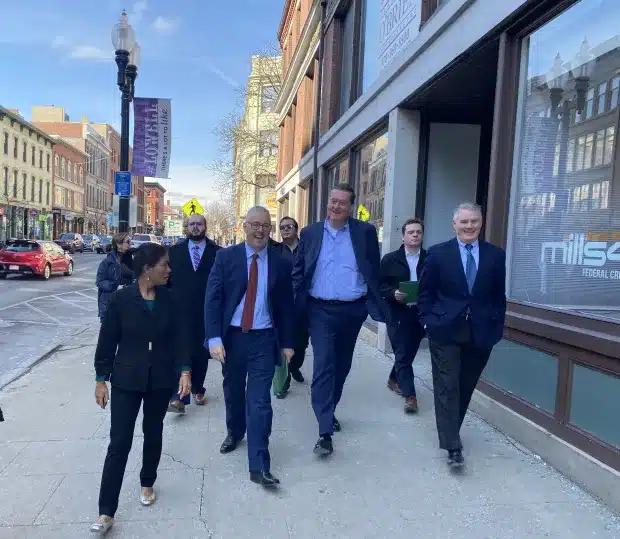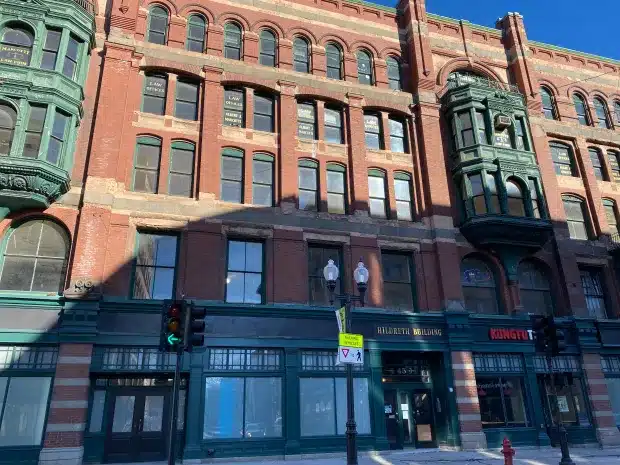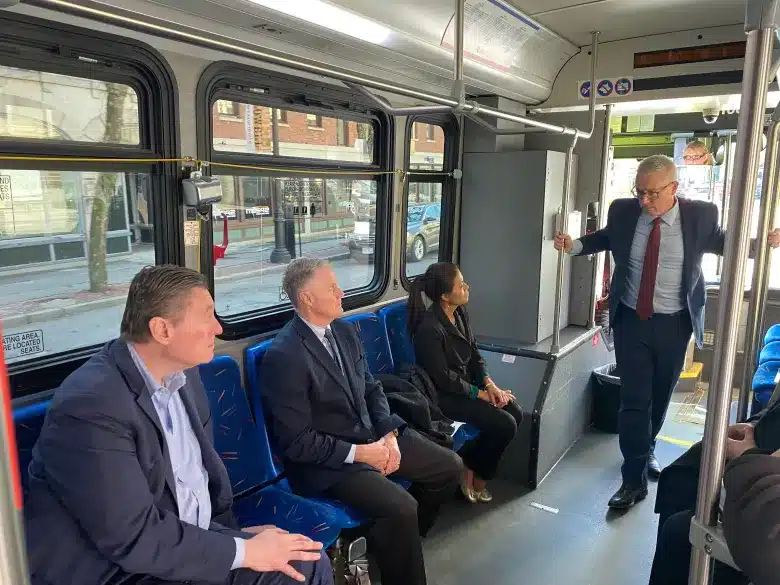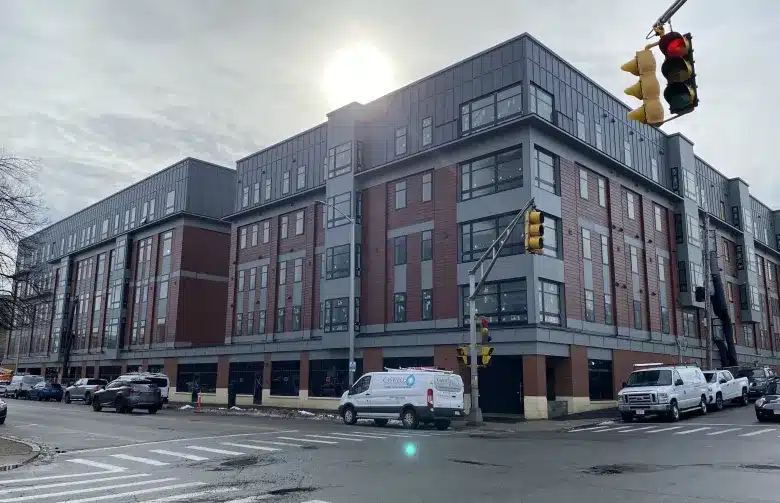Explore Lowell’s housing landscape with Ed Augustus, Secretary of the State Executive Office of Housing and Livable Communities, as he embarks on a tour showcasing ongoing and pre-development projects set to elevate the city’s housing capacity.

Ed Augustus’ Tour
In a recent development, Ed Augustus, Secretary of the State Executive Office of Housing and Livable Communities, embarked on a comprehensive tour of ongoing and pre-development housing initiatives set to enhance Lowell’s housing capacity. The tour covered various projects that are anticipated to contribute almost 300 new units within a quarter-mile radius of City Hall.

During the two-hour tour, Augustus expressed his enthusiasm for Lowell’s urban development, stating,
“There’s a lot of really cool stuff going on in Lowell. They know what they’re doing and they know what they want, which is half the battle. They’ve got a lot of good momentum.”
Organized by City Manager Tom Golden and the Department of Planning and Development, the Lowell Regional Transit Authority (LRTA) bus tour included stops at significant sites such as Acre Crossing, Lowell Housing Authority’s Merrimack Street corridor project, the Hildreth Building in Downtown Lowell, the Hamilton Canal Innovation District, and the Jackson/Appleton/Middlesex areas.
The housing projects in the pipeline encompass a range of options, from low-income rentals to affordable homeowner units and mixed-use market rate housing, reflecting a commitment to diverse and well-designed urban living.
Augustus emphasized the state’s dedication to housing creation through various programs like CommonWealth Builder grants, the Housing Development Incentive Program, the proposed Affordable Homeowner Tax Credit, MassWorks, Historic Rehabilitation Tax Credit, HousingWorks, and other One-Stop housing initiatives.
The tour commenced at the Acre Crossing project on Merrimack and Cabot streets, featuring a five-story Jeanne D’Arc Credit Union office building and 32 newly constructed condominiums.

Average Costing of Occupancy
These units, priced between $326,000 to $358,000, will be available to first-time homebuyers earning at or below 100% of the area median income.
Merrimack Valley Housing Partnership Executive Director Cathy Mercado highlighted the role of state programs, such as the CommonWealth Builder Program and the Affordable Homeowner Tax Credit, in creating homeownership opportunities.
The tour also provided insights into the proposed sites of the Lowell Housing Authority’s Merrimack corridor development, which aims to build 118 low-income rental units, including 20 units dedicated to veterans.
The Hildreth Building, built in 1884, is undergoing transformative redevelopment by RCG, with plans for 50 residential units and ground-floor retail space. State Rep. Vanna Howard expressed her satisfaction at seeing the historic building being repurposed into a mixed-use space, reminiscing about her own history within the building.
As the tour concluded with a drive-by of the Hamilton Canal Innovation District, Jackson/Appleton/Middlesex areas, and a visit to the LRTA facilities at the Kennedy Transfer Center, Augustus commended Lowell for its efforts in historic preservation, density building, and housing creation, setting the stage for a promising future for the city.
Related posts:
 Reduce Your Environmental Footprint: Simple Water Conservation Tips for Your Home
Reduce Your Environmental Footprint: Simple Water Conservation Tips for Your Home
 10 Precautions to Stay Safe During a Home Renovation
10 Precautions to Stay Safe During a Home Renovation
 Surge in US Housing: A Close Look at the November 2023 Boom
Surge in US Housing: A Close Look at the November 2023 Boom
 Increased Housing Confidence Brightens 2024, But Buying a Home Still Tough
Increased Housing Confidence Brightens 2024, But Buying a Home Still Tough
 Canada Bans Foreign Homeownership Until 2027 to Help People Afford Homes
Canada Bans Foreign Homeownership Until 2027 to Help People Afford Homes




